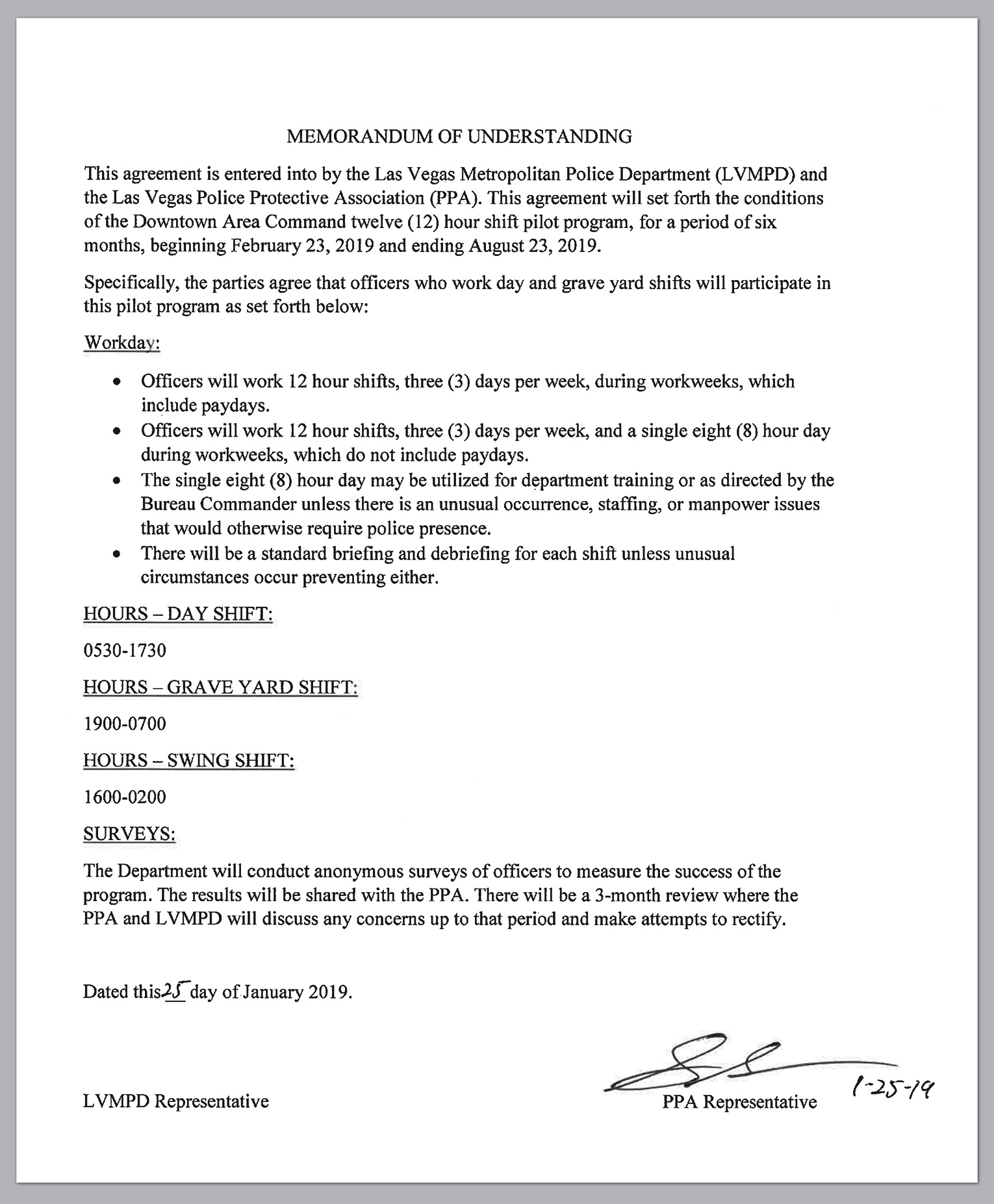
Methods for Calculating Shift Differentials: Salaried Employees Nearly one-fourth of companies with multiple shifts pay premiums to salaried employees working shifts other than regular workday shifts (Figure 3). Shift Differential Eligibility for Salaried Employees Methods for Calculating Shift Differentials: Hourly EmployeesĬompanies are nearly equally split on the method used to calculate shift differentials for hourly employees: 49 percent pay shift differentials as an additional flat amount per hour, and 47 percent calculate the differential as a percent of the hourly base rate (Figure 2). Hospitals and health care service organizations pay differentials more often than other types of organizations for holiday (78 percent) and weekend shifts (68 percent). In lieu of paying shift differentials, some companies compensate employees for working undesirable shifts with additional paid time off. Most companies with multiple shifts pay premiums to employees working second shifts, third shifts and holidays (Figure 1). Shift Differential Eligibility: Hourly Employees Shift differentials are more common in manufacturing and customer support jobs than other types of jobs. F or more about the survey sample, see "About the Survey" at the end of this article. These findings are discussed in detail below.

Shift differentials are more common in manufacturing and customer support jobs than in other types of jobs.Shift Differential Pay Practices Survey of 202 U.S.
#Swing shift hours how to#
SHRM Online resource " How to Calculate Overtime Rates for Shift Differentials.")Ģ010 Culpepper U.S. employers is using shift differentials-pay premiums to compensate employees for working shifts other than regular weekday hours. Organizations with 24/7/365 operations face the challenge of recruiting and staffing employees to work beyond standard day shifts.


 0 kommentar(er)
0 kommentar(er)
